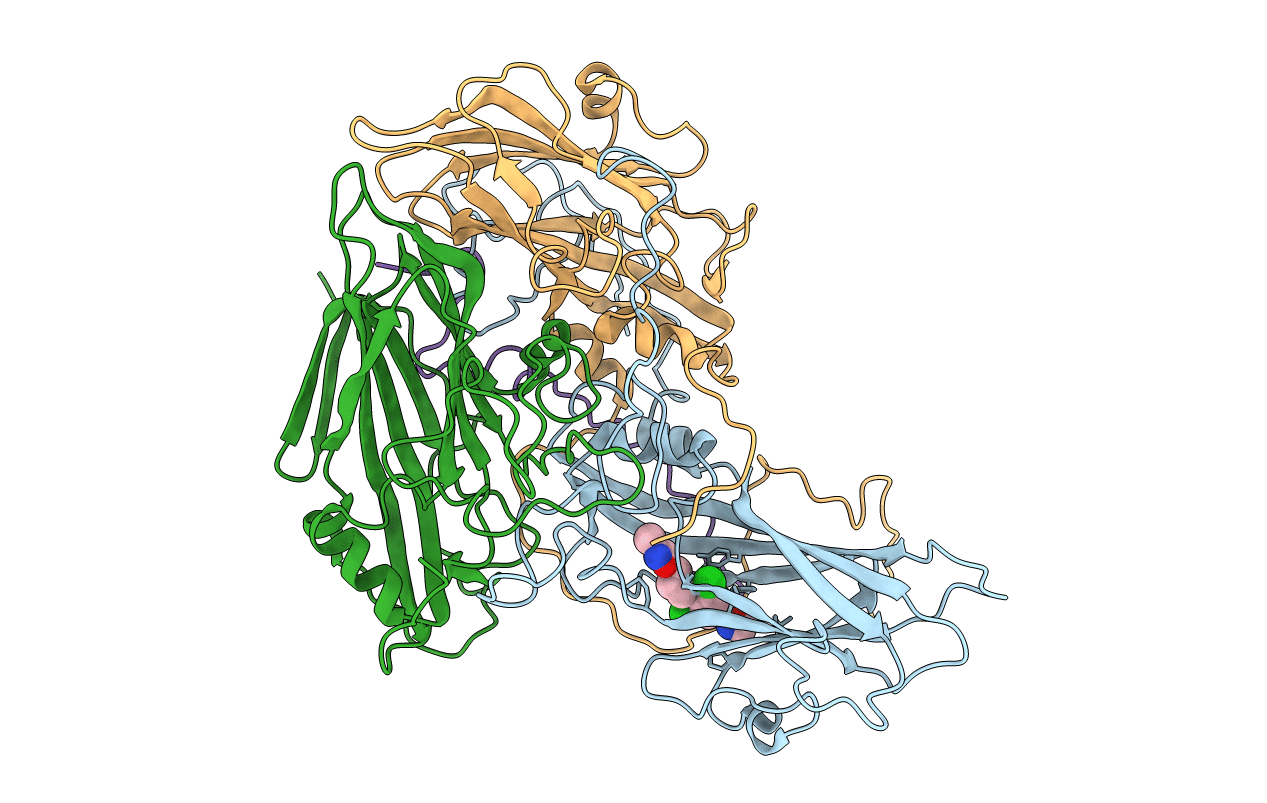
Deposition Date
1994-01-25
Release Date
1994-11-01
Last Version Date
2024-05-29
Entry Detail
PDB ID:
2HWB
Keywords:
Title:
A comparison of the anti-rhinoviral drug binding pocket in hrv14 and hrv1a
Biological Source:
Source Organism:
Human rhinovirus 14 (Taxon ID: 12131)
Host Organism:
Method Details:


